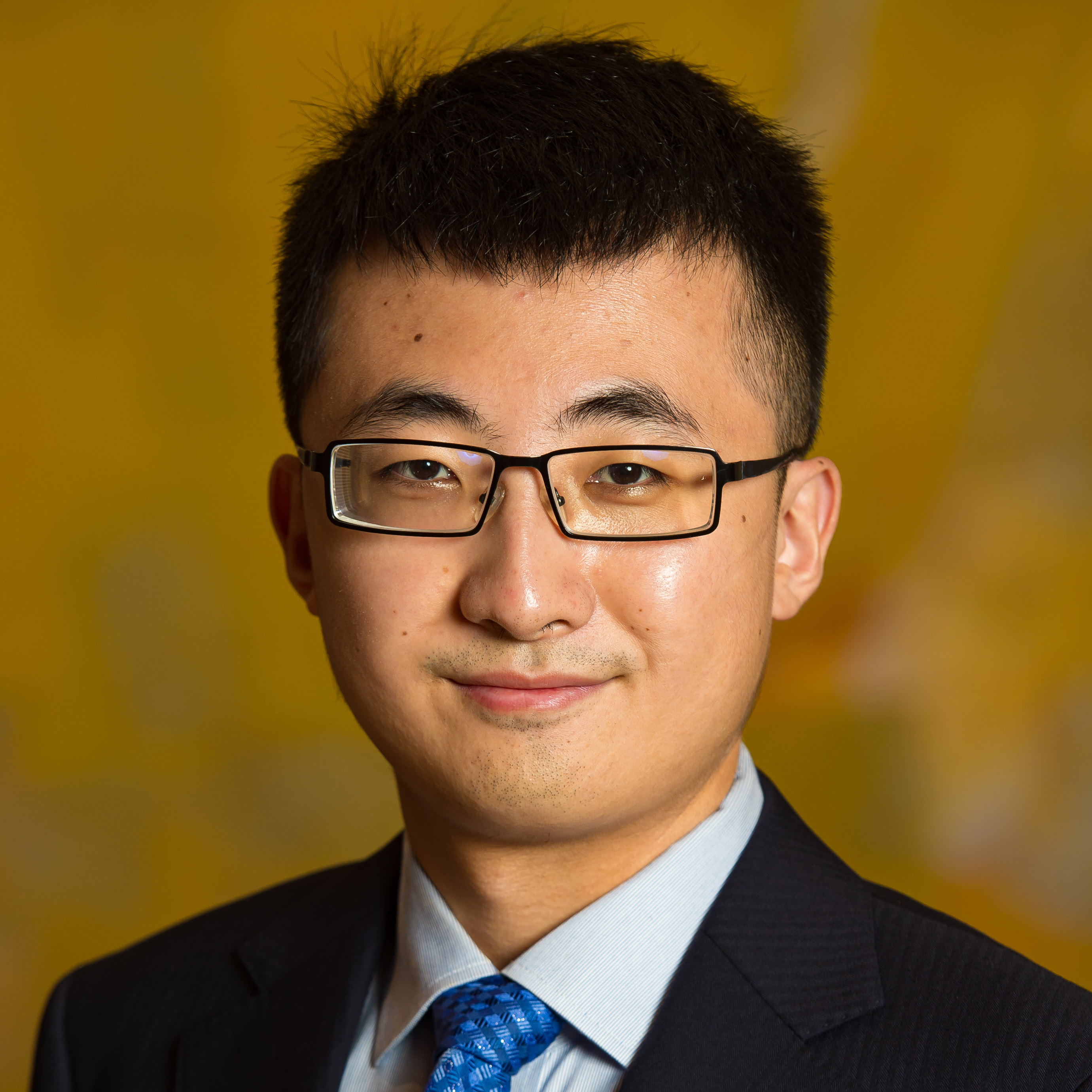Cellular and Molecular Bioengineering
(I-321) Engineering Synthetic Phospho-Signaling Networks in Mammalian Cells
.jpg)
Jing Liu (she/her/hers)
Undergraduate in Department of Bioengineering
Rice University
Houston, Texas, United States
Xiaoyu Yang
Graduate Student in Department of Systems, Synthetic, and Physical Biology
Rice University, United States
Caleb Bashor
Assistant Professor in Departments of Bioengineering & BioSciences
Rice University, United States- KJ
Kaiyi Jiang
Undergraduate in Department of Bioengineering
Rice University, United States - JR
Jason Rocks
Postdoctoral Associate in Department of Physics
Boston University, United States
Presenting Author(s)
Co-Author(s)
Primary Investigator(s)
Co-Author(s)
Materials and Methods::
To implement our design, we synthesized DNA fragments of synthetic phosphorylation pathway components, which were adapted from human immune system proteins. These fragments were assembled into plasmids using a customized Golden Gate assembly cloning, hierarchically, in a three-layer process. In the first layer, individual genetic parts, including promoters, open reading frames (ORFs), or terminators, were PCR amplified and each cloned into a vector. The part plasmids were then combined with second-layer destination vectors to generate complete expression units (promoter-ORF-terminator). Two to three expression unit plasmids were assembled with third-layer vectors, enabling the co-expression of multiple genes from a single construct and their self-assembly into a complete synthetic phosphorylation pathway. All plasmid assemblies were verified through Sanger and nanopore sequencing. The resulting plasmids were then transfected into HEK 293T cells using polyethylenimine (PEI) and analyzed by flow cytometry 48 hours later to assess cellular response. Ligands were added 12 hours prior to the analysis to induce phosphorylation. FlowJo and custom Python scripts facilitated data analysis, allowing visualization of the levels of phosphorylation and protein expression and providing insights into how engineered cells respond to specific extracellular signals.
Results, Conclusions, and Discussions::
Through sophisticated parts mining, we identified a kinase-substrate pair that interacts only upon leucine-zipper binding, and none of these parts exhibited high background activity. We demonstrated the tunable behavior of this pair, allowing different phosphorylation levels by adjusting zipper affinity, kinase expression, and kinase activity. We constructed a complete push-pull module with the addition of phosphatase, which also functions in a recruitment-dependent manner. Introducing a thermodynamic-inspired model, we predicted the push-pull module’s behavior across a large parameter space: we showed the mean phosphorylation levels of the push-pull module for all 216 combinations of biomolecular parameters and compared the predicted and experimental data for a subset. The Kolmogorov–Smirnov (KS) test showed their high distribution similarity with D values < 0.12. Furthermore, we used the phospho-tyrosine (pTyr) binding domain (SH2) to tandem multiple push-pull modules. We demonstrated the whole system was fully activated only with the sequential occurrences of the leucine-zipper and SH2 recruitments. We then expanded the model, showing the phosphorylation fold change of the tandem push-pull modules for 3456 parameter combinations. KS test on a subset showed distribution similarity with D values < 0.39. Then, we coupled the first push-pull module to the heterodimeric protein pair FKBP/Frb and achieved highly inducible circuit activation with a 19.8x fold change. Finally, by connecting the second push-pull module to a transcriptional output, we constructed a complete pathway capable of transferring phosphorylation signals from the cell membrane to the nucleus, resulting in 13x fold change in phosphorylation and 16x fold change in gene expression.
Overall, we constructed the first fully synthetic phosphorylation network in human cells, comprising four essential domains: a receptor domain for signal reception, two signal transduction domains for downstream signal relay, and an ultimate cellular response domain for generating gene expression changes. It showcases fast, reversible, and customizable sense-and-response capabilities, which offer advantages over traditional synthetic circuits. The introduction of a thermodynamic-inspired model further enhances the predictability of cellular behavior within the network. With its ability to reprogram cellular signaling and engineering cells as biosensors, this novel phosphorylation circuit holds great promise for applications in cell-based therapies and therapeutics.
Acknowledgements (Optional): :
References (Optional): :
